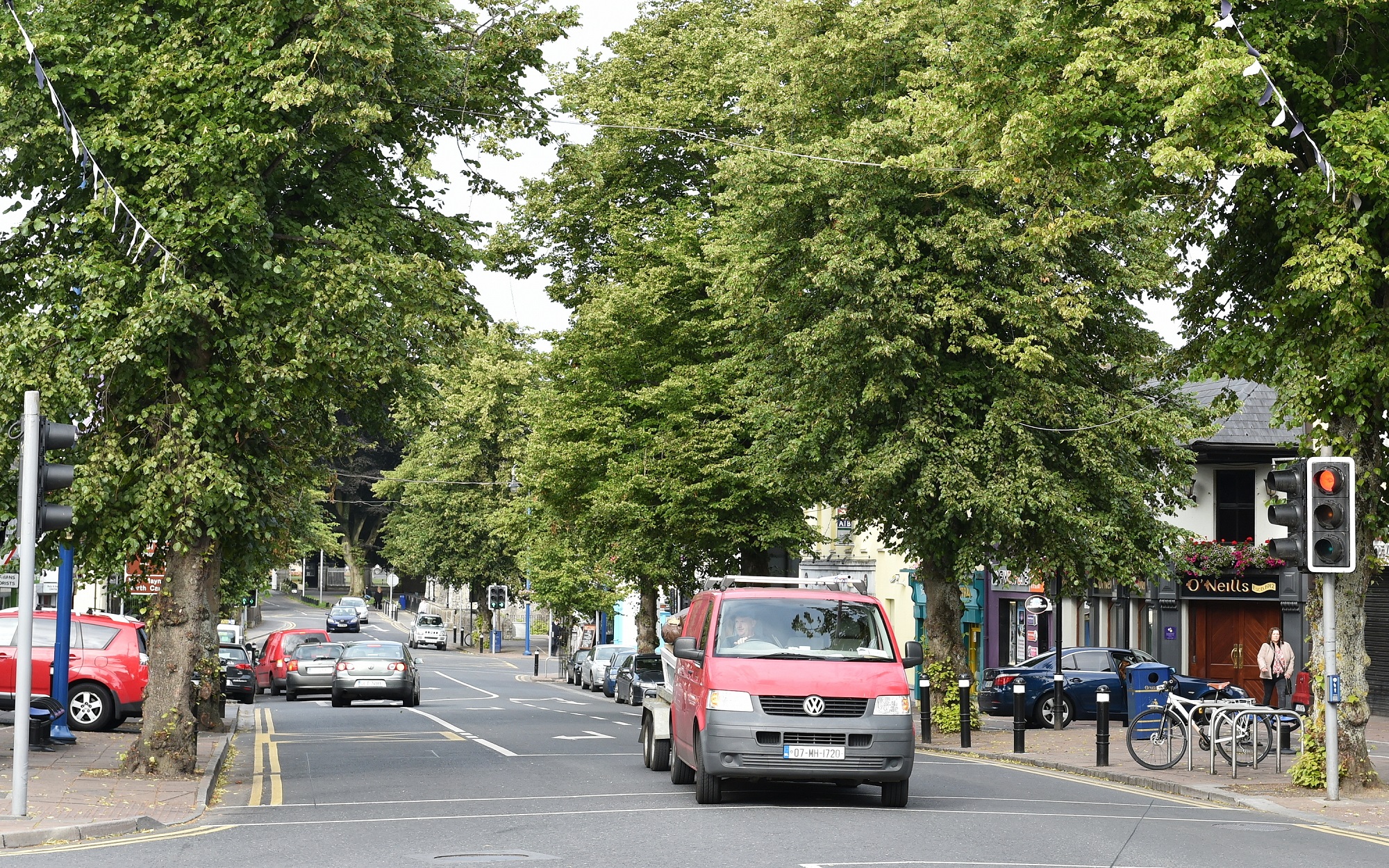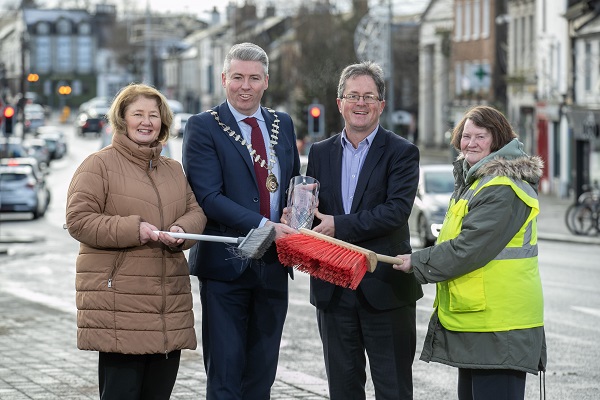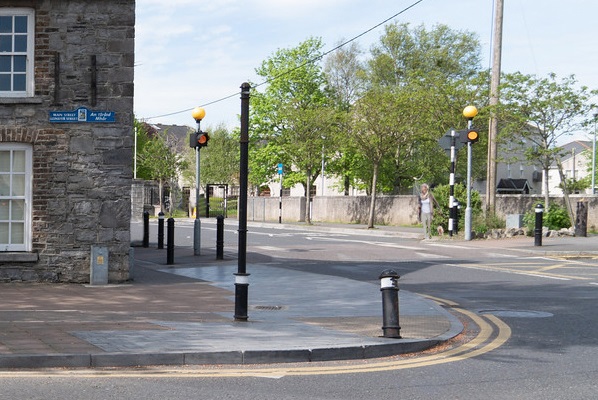
IBAL summer survey shows towns clean, cities littered

- Cities creating an ‘underwhelming first impression’ for visitors
- Dublin City Centre deteriorates
- Covid ‘no longer an excuse for littered streets’
The latest nationwide survey by business group Irish Business Against Litter shows the great majority of Ireland’s towns are clean, but two-thirds of city areas still littered. The survey presents a snapshot of cleanliness levels across Ireland as the peak summer tourist season commences. Levels were unchanged on 12 months ago, with Maynooth emerging top of the ranking of 40 towns and cities.
Over 90% of towns surveyed were deemed clean, compared with just 28% of city areas. Maynooth won out ahead of Mallow, Kilkenny, Clonmel and Ennis. Dundalk, ‘seriously littered’ at the very foot of the table, and ‘moderately littered’ Tralee, were the sole towns to miss out on clean status.
Waterford and Galway were once again our only clean cities. Cork City Centre, Mahon, Limerick City and Galvone have all made some progress, as has Ballymun. Dublin City Centre, however, has deteriorated from ‘moderately littered’ to ‘littered’.
“Clearly, tourism is a focus of this annual summer survey and unfortunately the major urban gateways to our towns and countryside – notably Dublin – are falling short of the mark, and creating an underwhelming first impression for visitors,“ according to Conor Horgan of IBAL. “As a high-cost destination, tourists to Ireland can expect better. It’s a fact, too, that the great work being done in our towns is negated by litter in our cities.”
2022 saw a dramatic fall in the number of heavily littered sites or ‘blackspots’ across the country, and this welcome trend has continued into 2023. Cork City and Limerick City were improved in this regard, as was Drogheda, which bounced back from ‘seriously littered’ at the foot of the rankings 12 months ago to ‘clean to European norms’ this time round. However, An Taisce, who carry out the surveys on behalf of IBAL, encountered discarded furniture, sleeping bags and blankets off Thomas Street in Dublin, a basement on O’Connell Street “wasn’t just littered but subject to dumping”, while Cork Northside’s Cathedral Walk was subject to dumping and “an eye-sore for children playing in the school yard directly opposite”.
PPE disappearing, vapes on the rise
The survey showed that PPE litter has not disappeared entirely, with masks found in 7% of sites. There was a slight fall in the prevalence of alcohol cans and bottles, but coffee cups were present in 20% of sites, which, IBAL maintains, backs up the need for a coffee cup levy. There was an increase in cigarette butt litter.
Vaping devices were included as a litter type for the first time and were evident in 6% of sites. “The impact of disposable vapes is twofold,” say Conor Horgan.” Not only are they single-use plastic, but the lithium battery within them is an especially toxic form of litter. Unfortunately, as is our experience with coffee cups, consumers tend to opt for the convenience of the disposable product. In striving for a circular economy, the case for banning them is a strong one.”
“With cleaning schedules normalised and PPE litter not a major factor, we can no longer look to Covid as an excuse for littered city streets. Now is the time to assign a new priority to litter, with concrete, resourced actions. In the absence of this, things will not get better,” concludes Conor Horgan.




